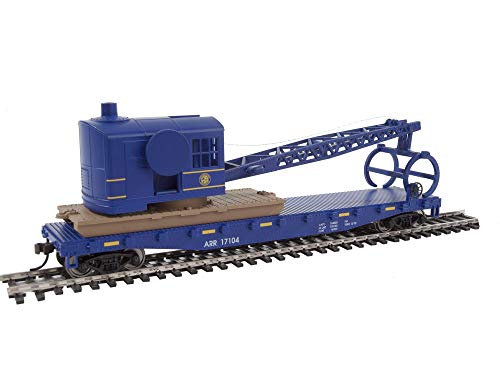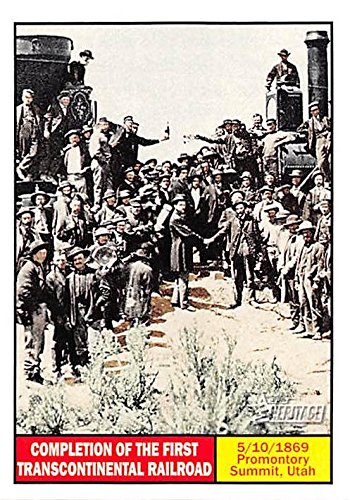How can the conductor see the light from inside the train, especially when it's moving loco-forward? I see in the article that it was observed from the station, but wasn't there an additional signal before the one at the switch, ie: at the end of the platform? It almost seems convenient that the conductor (for the first time, and through his attorney) is collaborating what Railfans were stating about the light earlier.
Another Sanchez question: Regardless of the light, the switch was fouled. The rails were bent "badly". A) Why couldn't Sanchez visually verify the alignment of the switch? B) If the rails were bent so bad, why didn't Sanchez feel them? Why didn't he even hiccup on the throttle?
The final point of the article was an interesting observation I've made a bunch of times - what good is calling out the signals if you don't call green? If you miss calling one, then it will be assumed green. Call out all signals, and the conductor would know if you missed one (if he's trained well on the route).
Another Sanchez question: Regardless of the light, the switch was fouled. The rails were bent "badly". A) Why couldn't Sanchez visually verify the alignment of the switch? B) If the rails were bent so bad, why didn't Sanchez feel them? Why didn't he even hiccup on the throttle?
The final point of the article was an interesting observation I've made a bunch of times - what good is calling out the signals if you don't call green? If you miss calling one, then it will be assumed green. Call out all signals, and the conductor would know if you missed one (if he's trained well on the route).
Last edited by a moderator:


























